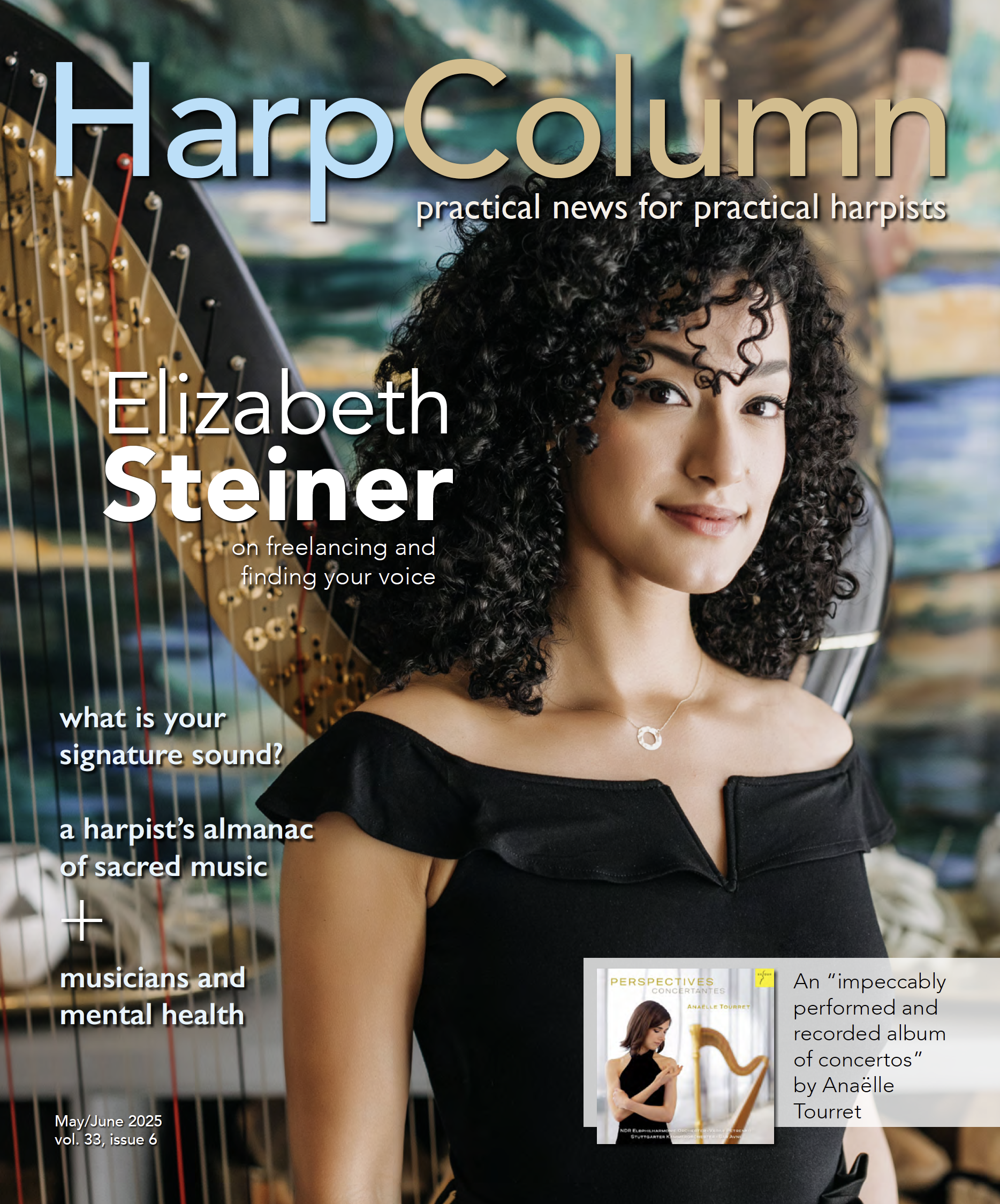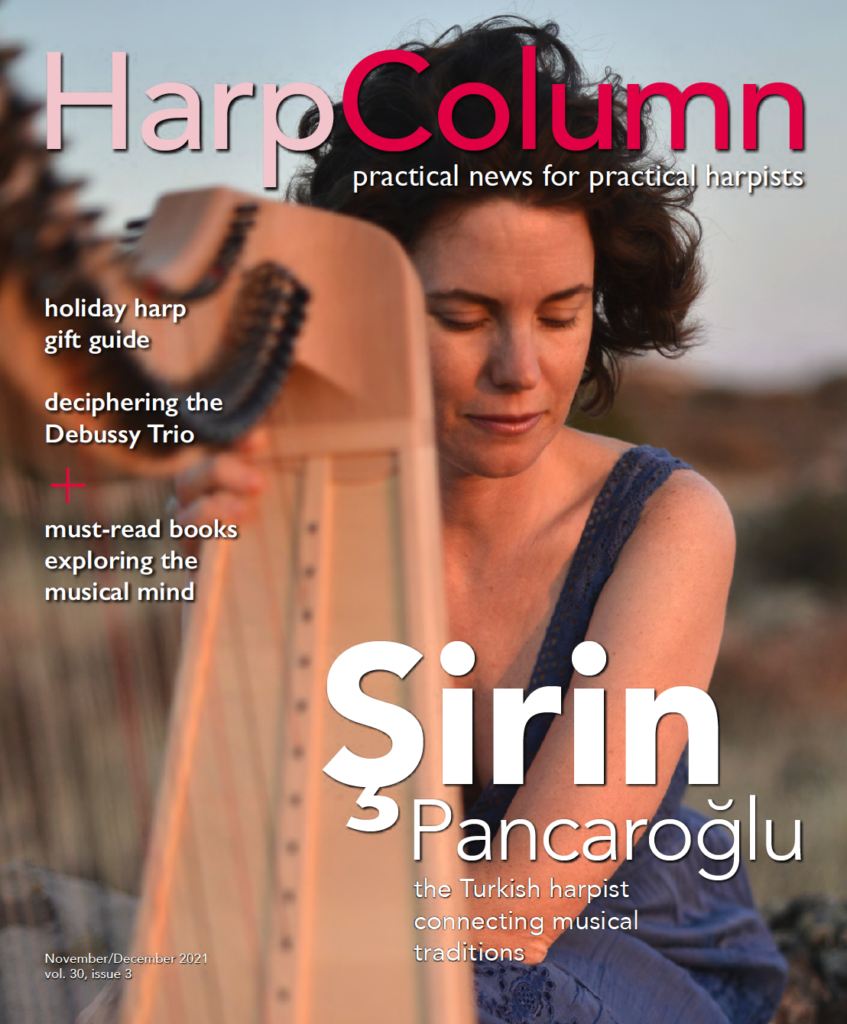Playing the harp is inherently physical. We use our arms and hands to play the strings, our legs and feet to change the pedals, and the rest of our bodies to support the instrument. Our mental state, however, is just as important. By changing my mental approach, I’ve often experienced sudden changes in the warmth of my tone, the ease of a technical figure, or the ability to solve a challenge while practicing. The concept of the “Inner Game” has helped me shift away from despairing about what went wrong, so that I can observe what I’m doing and keep experimenting without judgment. These and other books about the mind have uncovered new perspectives and given me a launching point for growth.
The Inner Game of Tennis
by Tim Gallwey
The Inner Game of Music
by Barry Green with Tim Gallwey
The Mastery of Music
by Barry Green
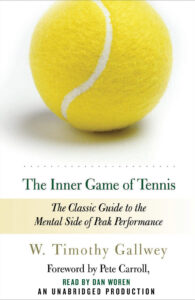
The “Inner Game” is the battle every performer fights against their own thoughts. We ask ourselves, “Am I doing it correctly? Did I remember everything my teacher said? How noticeable was my mistake?” One of the surprising realizations I gained from the Inner Game books is that congratulating myself on a good performance is counter-productive. The more I try to decide whether I’m playing well, the more likely I’ll start criticizing myself for something that wasn’t good enough. Besides, all the talk inside my head distracts me from making music. Isabelle Perrin, soloist and artistic director of the World Harp Congress, explains that for performing artists, “it is not enough to be the best trained or prepared or musical.” After all, “if we don’t believe in ourselves, we will never give the best of ourselves.”
Tim Gallwey’s book The Inner Game of Tennis offers an easy-to-grasp summary of his principles for quieting self-talk and improving concentration during performance. To enter a state of “relaxed concentration,” we have to let go of the outer results of our performance and become aware of our inner selves. Gallwey refers to two sides of ourselves: the interfering and judgmental Self 1, and the trustworthy Self 2. Isabelle Perrin explains Self 1 as “this mean little voice whispering doubts to our ears.” Self 2 represents our free-flowing, creative potential. The path to break free of Self 1 and yield ourselves to Self 2 involves three key elements: awareness, will, and trust. Awareness is noticing what we are doing, without judgment. Will clarifies our goals, and motivates us to reach for them. Trust is allowing space and time to experiment, to let ourselves learn.
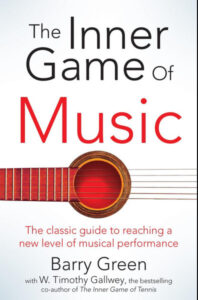
Barry Green’s The Inner Game of Music, written with Tim Gallwey,provides an in-depth application of these principles to musicians, including advice for listening to concerts, teaching lessons, and practicing efficiently. Green invites us to experiment creatively to deepen our sense of awareness, through sight, sound, touch, emotions, and knowledge. Through awareness, we become less anxious about mistakes and more present to the moment. “Experience goals” reorient our will towards having fun, instead of trying to play perfectly. Kathy Kienzle, former Minnesota Orchestra principal harpist and harp professor at the University of Minnesota, observes, “I find this helpful in working on performance anxiety for myself or my students.” My favorite part of The Inner Game of Music is a list of suggested questions to engage students in solving their own problems, helping them trust their own knowledge and creativity.
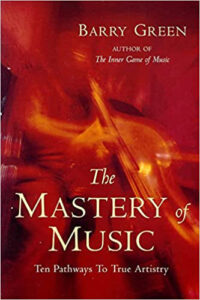
Green’s follow-up book, The Mastery of Music, interviews skilled musicians to explore 10 aspects of artistry. Green believes that musicians’ character qualities and artistic skills are often correlated with the instruments they play. I enjoyed this innovative angle on artistry. I was especially struck by the chapter on tolerance, which emphasized the unique role that violists play as peacemakers within string quartets and orchestras. Because they have the middle voice in the harmony and sit in the middle of the ensemble, they can hear and reconcile opposing viewpoints. As a whole, The Mastery of Music helped me refocus my attention on the purpose and joys of music making.
A Soprano on Her Head
by Eloise Ristad
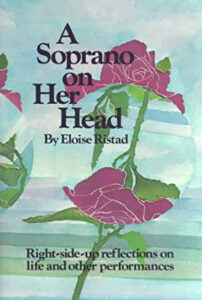
If there’s one message I took away from Eloise Ristad’s A Soprano on Her Head, it’s that there are many right ways to discover music. Different processes of learning, and different approaches to performance, work for different people. This book is a sensitive exploration of the courage it takes to adapt to new insights.
Ristad expands on many of the principles from Tim Gallwey’s Inner Game of Tennis. Like Barry Green, she takes a musical viewpoint on willpower, awareness, and trust. Ristad’s spin is humorous and hands-on. I enjoyed her emphasis on awareness and her many practical examples of awareness as an aid to learning.
The countless directions that this book explores piqued my curiosity. One of the most fascinating and helpful reminders was that sometimes problems can be addicting. Ristad points out that often we can’t imagine ourselves without our problems, and we don’t want to find out what added pressures we might face if we can conquer our deepest challenges.
Musicophilia
by Oliver Sacks
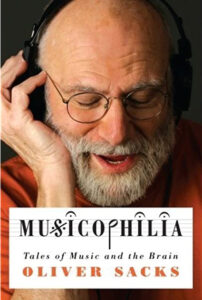
In his book Musicophilia: Tales of Music and the Brain, neurologist and author Oliver Sacks explores the extraordinary complexity of the mind as experienced by musicians and patients. Sacks weaves neurological science throughout his vivid storytelling, giving fascinating explanations of the strange effects of music on the brain. Dr. Jaymee Haefner, Renié biographer and harp professor at the University of North Texas, adds, “As musicians, we all appreciate the power of music, but this book gives the reasons behind its value. It goes beyond the trivial, explaining why music holds so much power for us as a species.”
Reading this book gave me a new sense of wonder. I marveled at the neurological roots of creativity and the brain’s power to adapt to new situations. The sophisticated role of music in the different parts of the brain amazed me. I also gained a sense of empathy for people living with neurological disorders such as epilepsy, Tourette’s syndrome, Parkinson’s disease, focal dystonia, and dementia. It was fascinating to read about the experiences of these patients and their families and to see the strong positive or negative influences that music can have.
The way we think shapes the way we learn. For example, if I understand that failure allows me to gather information, I’ll learn a lot more from my mistakes. The brain has amazing potential for change. If we learn how to work with the brain’s natural processes, we will grow in confidence, in consistency, and in artistry. •
Editor’s note
Get Booked is a four-part series where author Heather Cornelius explores music-related books. The last installment of the series, “guideposts for discovery,” will appear in the
January/February 2022 issue of Harp Column.




